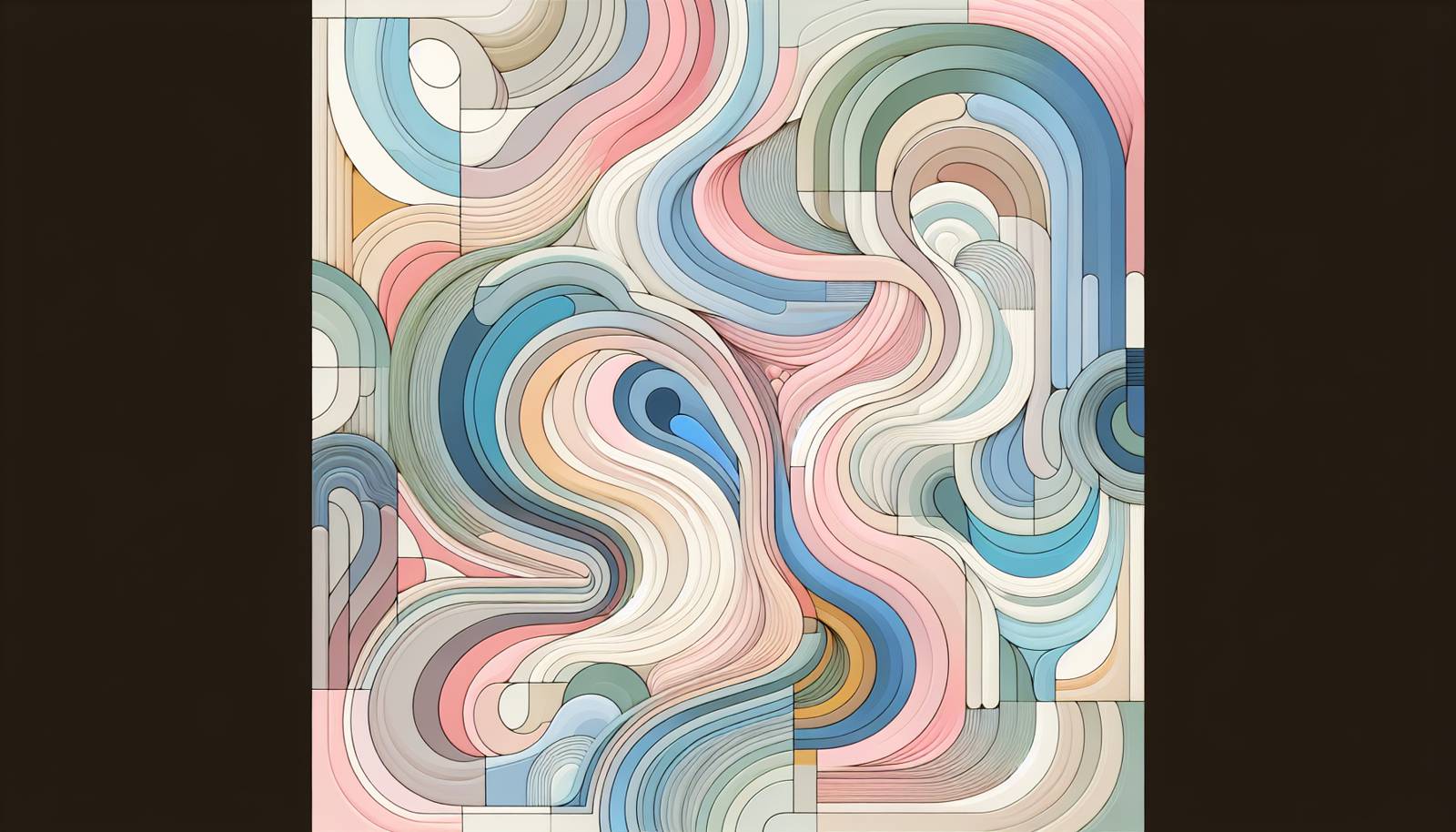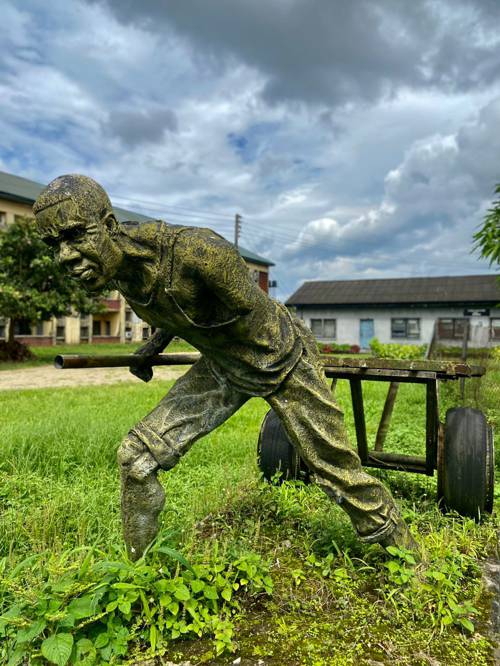
FAQ About The Impact of Art on Disability Representation

What role does art play in disability representation?
Art plays a crucial role in disability representation by providing platforms for expression and visibility. Through various forms such as visual arts, theater, and performance, artists with disabilities can share their experiences, challenge stereotypes, and promote understanding. Art serves as a medium to highlight the diverse narratives of people with disabilities, encouraging societal reflection and fostering inclusivity.

How has visual art contributed to changing perceptions of disabilities?
Visual art contributes to changing perceptions of disabilities by showcasing the talents and perspectives of artists with disabilities. It challenges traditional narratives and stereotypes, offering new insights into their lived experiences. Exhibitions and galleries that feature disable artists encourage viewers to see beyond disabilities and appreciate the artistic expression and creativity. Such exposure helps to normalize disabilities within the broader cultural context.

Can art be used as a tool for advocacy in disability rights?
Yes, art can be a powerful tool for advocacy in disability rights. Artists often use their work to highlight issues faced by people with disabilities, raise awareness, and provoke social change. Through compelling visual and narrative storytelling, art can influence public opinion and inspire action, supporting movements for policy changes and increased accessibility.

What impact have performance arts had on the visibility of disabilities?
Performance arts, such as theater and dance, have significantly increased the visibility of disabilities by bringing stories of disabled individuals to mainstream audiences. Performers with disabilities can express their experiences authentically and disrupt traditional representations. This visibility helps challenge audience perceptions, fostering empathy and a deeper understanding of disability as part of the human experience.

Are there notable artists with disabilities influencing the art world today?
Yes, there are numerous notable artists with disabilities who influence the art world with their impactful work. Artists like Riva Lehrer, who incorporates her experiences of disability into her portraits, and Mat Fraser, known for his performances that explore disability themes, are just a few examples. These artists bring unique perspectives and help pave the way for broader representation and inclusivity in the arts.

How do art galleries and museums contribute to disability awareness?
Art galleries and museums contribute to disability awareness by curating exhibitions that feature artists with disabilities or disability-related themes. These spaces offer artists a platform to share their work with diverse audiences and challenge conventional narratives. Additionally, implementing inclusive practices, such as providing accessible spaces and materials, further supports awareness and engagement with disability art.

What challenges do artists with disabilities face in the art industry?
Artists with disabilities face several challenges in the art industry, including accessibility barriers, limited representation, and societal biases. Many art spaces may not be fully equipped to accommodate disabilities, limiting opportunities for artists. Furthermore, the art industry can sometimes marginalize disability-themed work, overlooking the potential and voices of disabled artists. Advocacy and increased inclusivity practices are essential to overcoming these obstacles.

How does disability-themed art influence societal attitudes?
Disability-themed art influences societal attitudes by challenging stereotypes, promoting empathy, and showcasing the diverse experiences of people with disabilities. Through art, audiences are exposed to different facets of life with disabilities, often resulting in greater understanding and acceptance. By changing the narrative about disabilities, art can help shift public perception towards a more inclusive and respectful view.

What are some examples of disability representation in theater?
Disability representation in theater can be seen in productions like "The Curious Incident of the Dog in the Night-Time," which centers on an autistic protagonist, and "Lady Macbeth: Unsex Me Here," featuring actors with disabilities telling stories through their lenses. Such productions demonstrate the capabilities and stories of individuals with disabilities, promoting inclusivity and representation on the stage.

How do artists with disabilities use self-representation in their work?
Artists with disabilities often use self-representation to authentically depict their experiences and challenge societal perceptions. Through mediums like painting, sculpture, and performance, they express their identities, emotions, and narratives unique to their disability experiences. This self-representation not only empowers the artists but also educates audiences about the nuances of living with disabilities.

What is the relationship between art therapy and disability?
Art therapy is a therapeutic practice that can be particularly beneficial for individuals with disabilities. It provides a means for expression, coping, and communication for those who might face challenges articulating their feelings through traditional methods. Art therapy can help improve mental health and emotional well-being, offering a constructive outlet for self-exploration and healing.

Are there any organizations that focus on disability art?
Yes, several organizations focus on disability art, offering support and platforms for artists with disabilities. For example, the Disability Arts Online provides resources and opportunities for artists to showcase their work. VSA, the international organization on arts and disability, offers various programs that promote inclusivity and accessibility in the arts.

How does inclusive design in art benefit people with disabilities?
Inclusive design in art benefits people with disabilities by ensuring that art spaces, materials, and experiences are accessible to all individuals. This can include physical accessibility, like ramps and tactile tours, and sensory accommodations, such as audio descriptions and sign language interpretation. Inclusive design removes barriers, allowing everyone to engage with and enjoy the arts.

What is the impact of digital art platforms on disability representation?
Digital art platforms have a significant impact on disability representation by providing accessible venues for artists with disabilities to display their work and reach broader audiences. These platforms break down geographical barriers and often offer tools that adapt to individual needs, facilitating inclusive participation and representation in the digital art sphere.

How do public art projects engage with disability themes?
Public art projects engage with disability themes by incorporating disability narratives, symbols, and talents into artworks displayed in shared spaces. These projects can educate the public, stimulate conversation, and promote inclusivity within communities. By situating disability-themed art in visible locations, they challenge viewers to reconsider preconceived notions about disabilities.

What is the historical impact of art on the disability rights movement?
Art has historically impacted the disability rights movement by serving as an avenue for visibility, empowerment, and protest. Artists have used their work to raise awareness about discrimination and accessibility issues, rallying support for legislative changes and social justice. Art has been both a reflection of the challenges faced by people with disabilities and a catalyst for advocacy and change.

How can educators incorporate disability representation in art education?
Educators can incorporate disability representation in art education by including works by artists with disabilities in their curriculum, discussing disability themes in art, and encouraging students to engage with diverse artistic voices. Moreover, educators can create inclusive classrooms that accommodate different learning needs, allowing students with disabilities to express themselves fully and participate in the arts.

How do collaborations between disabled and non-disabled artists impact disability representation?
Collaborations between disabled and non-disabled artists can have a positive impact on disability representation by fostering mutual understanding and innovation. These partnerships often result in works that are richer in perspective and scope, highlighting the diverse experiences of disabled individuals while promoting inclusivity and breaking down barriers within the art community.

What future trends are anticipated in disability representation in art?
Future trends in disability representation in art may include increased digital accessibility, more prominent roles for disabled artists in mainstream art, and greater integration of technology to support inclusive art practices. As societal attitudes continue to shift towards inclusivity, the art world is likely to see a more robust presence of disability-themed works and initiatives aimed at bridging gaps in representation.
